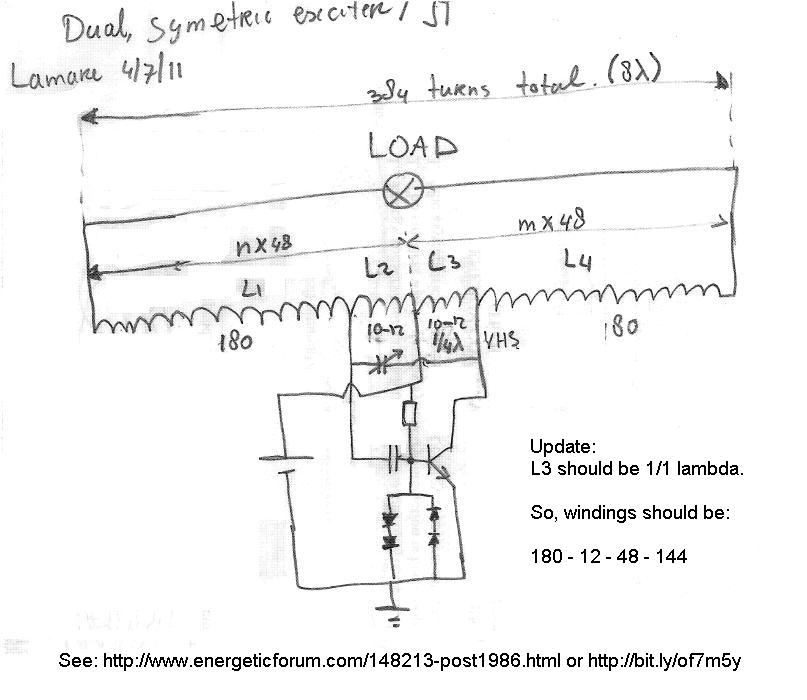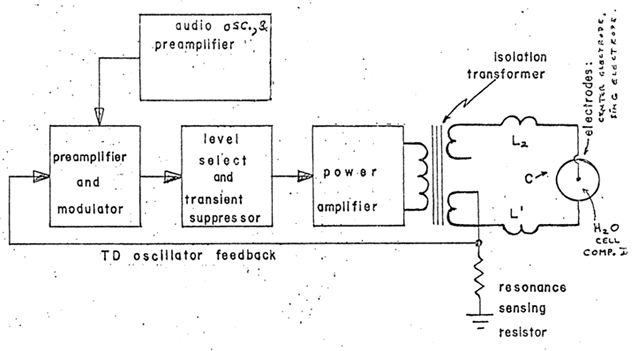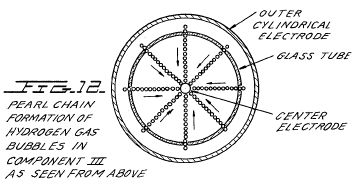So do you think a Don Smith device or a Kapagen type setup would be best for making lots of home power ?
Because I think I agree with that and you're coil design is interesting to me too. I have wire and stuff and I would love to test out some of you're designs lamare, they make sense to me.

Because I think I agree with that and you're coil design is interesting to me too. I have wire and stuff and I would love to test out some of you're designs lamare, they make sense to me.












 Maybe it'll be easier to see a voltmeter at the receiver with the binocs.
Maybe it'll be easier to see a voltmeter at the receiver with the binocs. 



 ( I built the charging circuit on a plastic buisness card ) .
( I built the charging circuit on a plastic buisness card ) .
Comment